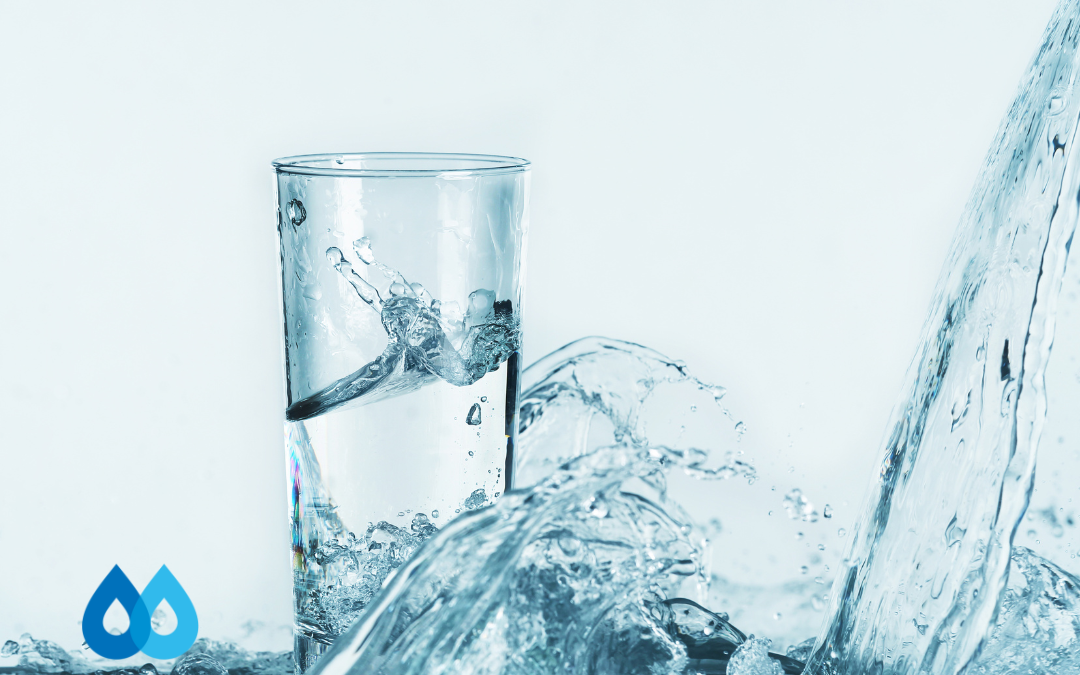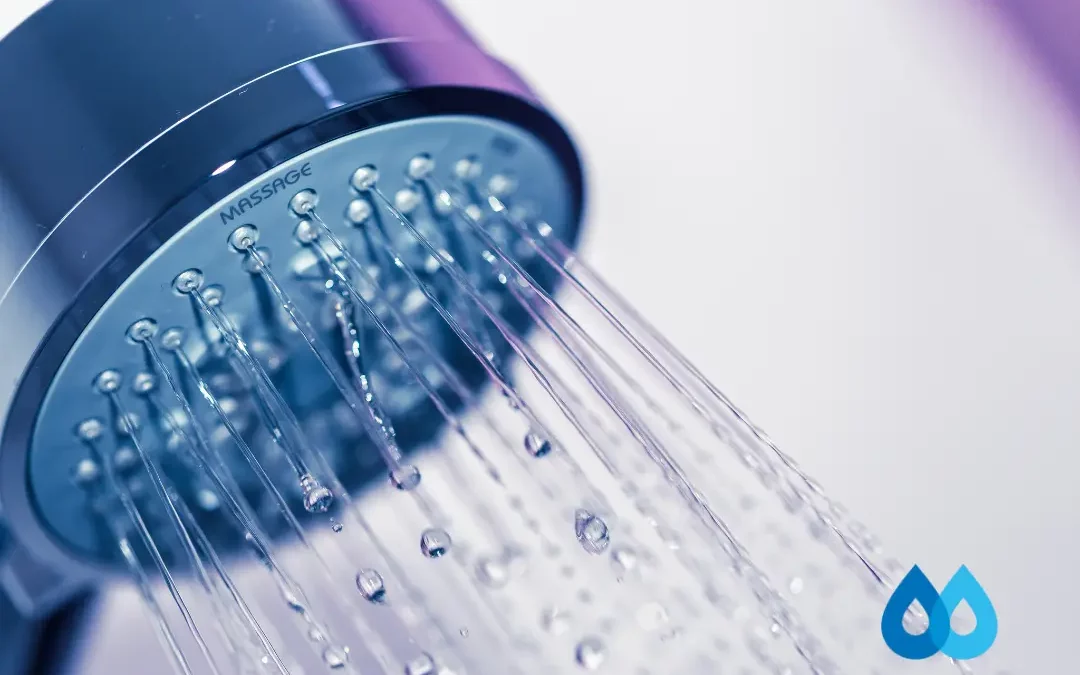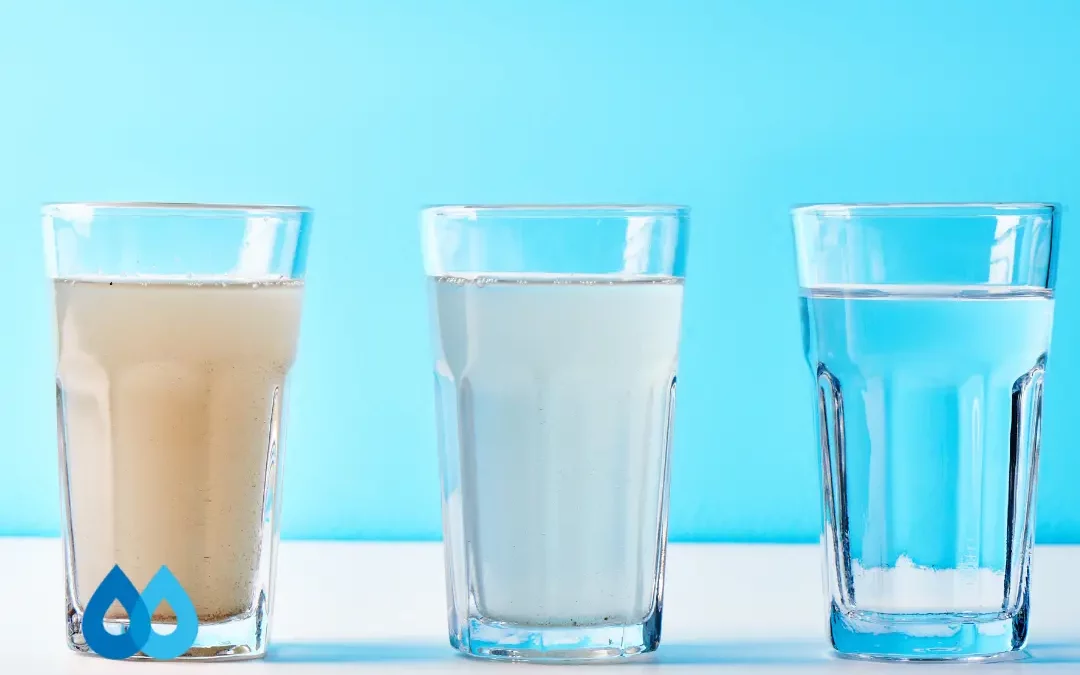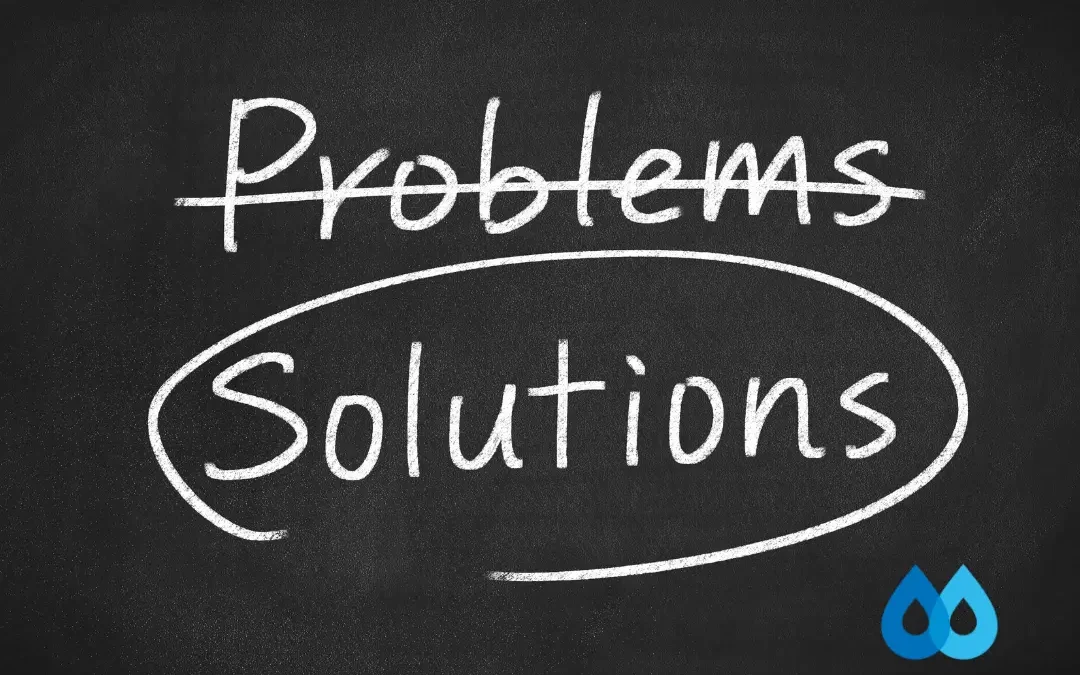In this day and age we are used to the convenience of running water that is readily available every time we turn on the tap or flush the toilet. Perhaps we are so used to it that we are now taking it for granted and taking advantage of it. It’s easy to do; we often take things for granted and take advantage of opportunities. We become complacent and assume we will always have our basic needs taken care of, when the fact is one of our most basic needs could be running in short supply in the very near future.
Saving water is something that is usually only thought of on the home front as a means of cutting utility costs, not necessarily as a means of actually saving water. We all know the simple ways we can cut our own water use from turning the tap off while we brush our teeth to taking shorter showers. The unknown area of water savings is on the business front.
Many businesses use a ton of water and don’t have any water savings practices in place, let alone have employees informed on water savings. Businesses use water in all kinds of different ways. Many people don’t necessarily know where that water goes. Knowing how much water is used and where most of it is used is the key to cutting back on excess usage. A Commercial Water Audit examines how much water a business uses and can provide detailed information on where opportunities lie for using less water and saving money. Audits can also identify costly water leaks that need to be repaired. Some water utilities offer audits free of charge to commercial customers as well as providing rebates for water saving initiatives.
Once a water audit has been completed and analyzed, it is time for companies to begin the process of repairing the water leaks that were found as well as replacing water using equipment with water-efficient models. For example the kitchen and restroom can be fitted with low-flow restrictors. A low-flow faucet aerator uses less than 1.5 gallons of water per minute compared with 2.2 gallons for standard faucets. Older toilets use nearly 5 gallons with each flush, newer more efficient toilets use only 2 gallons. That alone is a savings of 3 gallons with every single flush. Drinking water systems fit right in with this situation. These systems can either be water savers or extreme water wasters. Businesses need to know their system and what it does in order to know if it is worth the water being used or wasted.
The other item that most businesses can change is the landscape outside the building. Most people love the look of lush green lawns but they require a great deal of water to maintain. Instead, businesses can replace these water guzzling lawns with native landscapes or less water intensive alternatives. If the lush green lawn must stay, businesses can install rain-harvesting systems to collect water on site for landscape irrigation.
There are options available for businesses to slow down the water consumption, it’s a matter of being informed about the options and choosing the best ones for each business’ needs. Once the changes are made and water is being conserved, informing the employees of the changes and the reasons for the changes will also help to maintain the changes.
Environmental scientists actually expect worldwide shortages of fresh water to be one of the most pressing environmental concerns in the next 50 years. The world’s population will be nearing 10 billion people that will all be using water, taking for granted its availability. Cities and towns will continue to raise their water rates, energy bills will continue to rise. Expenses will continue to mount for everyone, individual and businesses alike. We need to begin to take this seriously and do our part to be informed about our options to help save water. Begin by examining the water using appliances in your business, replace the water abusers with water savers and do your part to conserve this precious resource.



